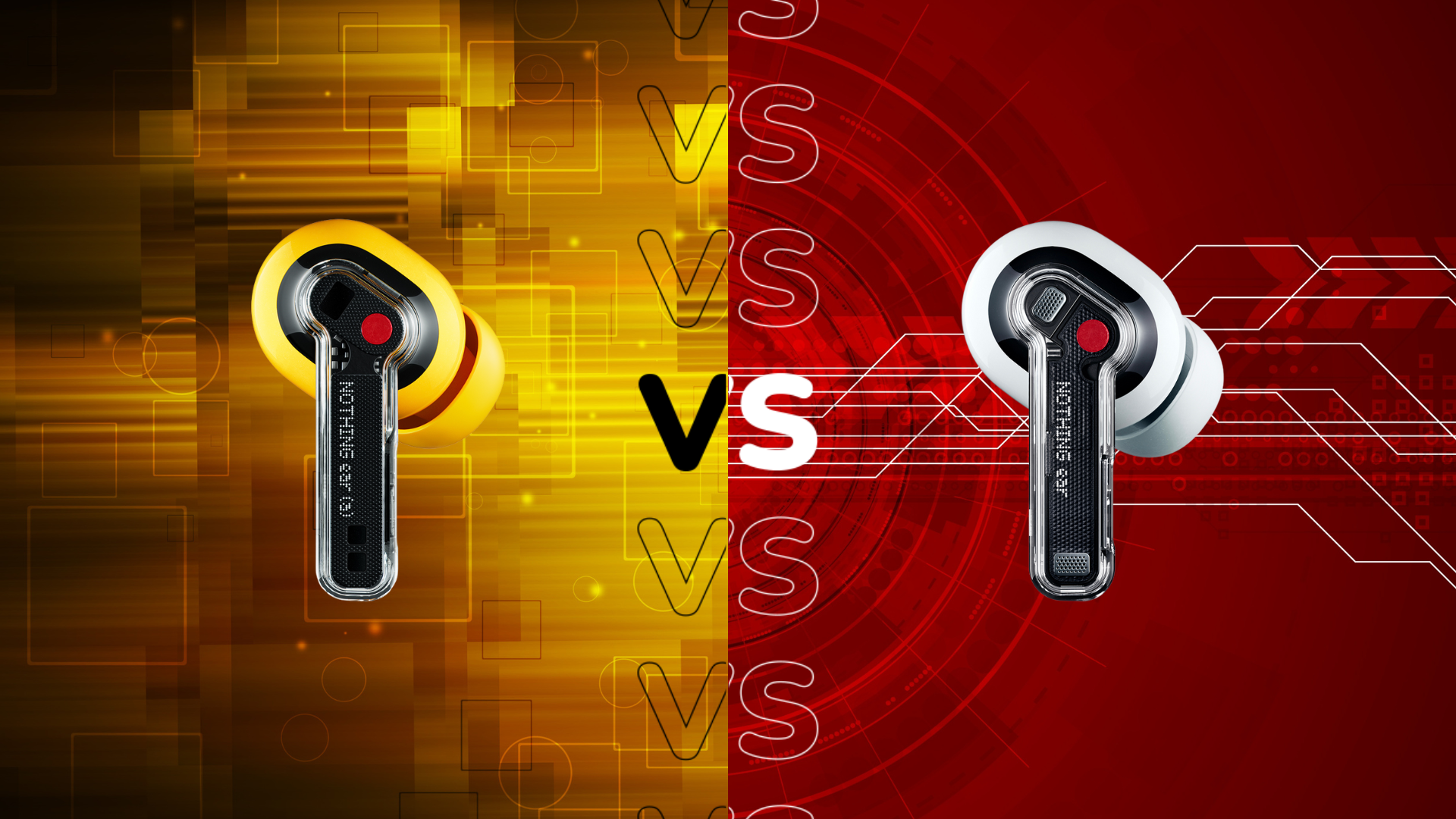Sony Alpha 7 IV vs Alpha 7 III: What’s new?
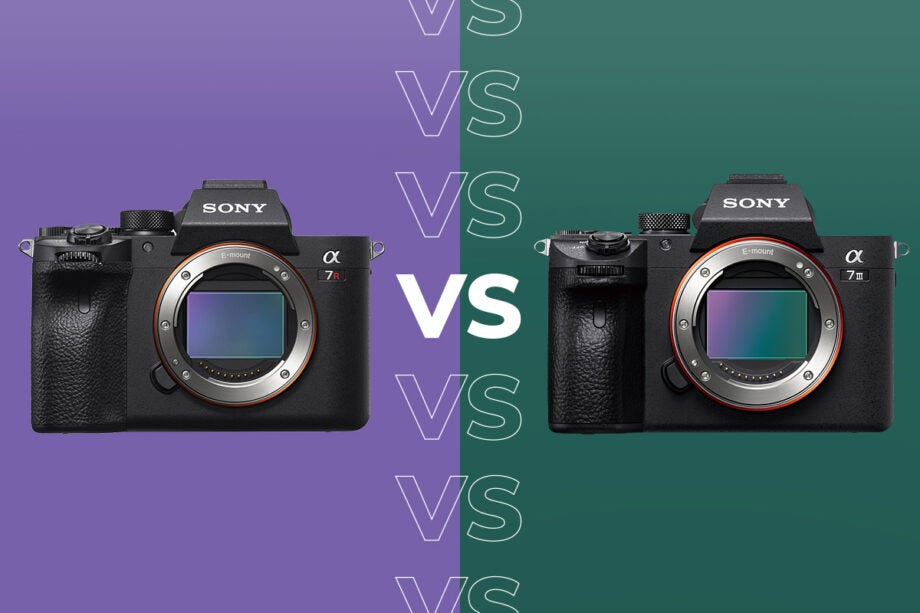
Sony recently unveiled the newest camera in its A7 series, the Sony Alpha 7 IV. But, how does it compare to the previous generation Alpha 7 III?
In 2018, Sony launched the A7 III full-frame mirrorless camera. The A7 III marked the third camera in the A7 series, offering a more refined design, a longer-lasting battery and bringing along a larger range of lenses compared to its predecessor.
Now, three years later, the A7 IV has arrived. The 33-megapixel full-frame camera packs a number of improvements over the III, including a new processing engine and autofocus features taken from the flagship Alpha 1 camera.
Read on to discover all the biggest differences between the Alpha 7 IV and the Alpha 7 III.
Pricing and availability
The A7 III originally launched back in 2018. Currently, you can get the camera for £2000/€2300 for the body only for £2200/€2500 alongside the 28-70mm zoom lens.
The A7 IV, which was announced in 2021, is priced at £2400/€2800 for the body only or £2600/€3000 with the FE 28-70mm lens kit. Both will be available to buy from December 2021.
That makes the A7 III about £400/€500 cheaper than the new A7 IV.
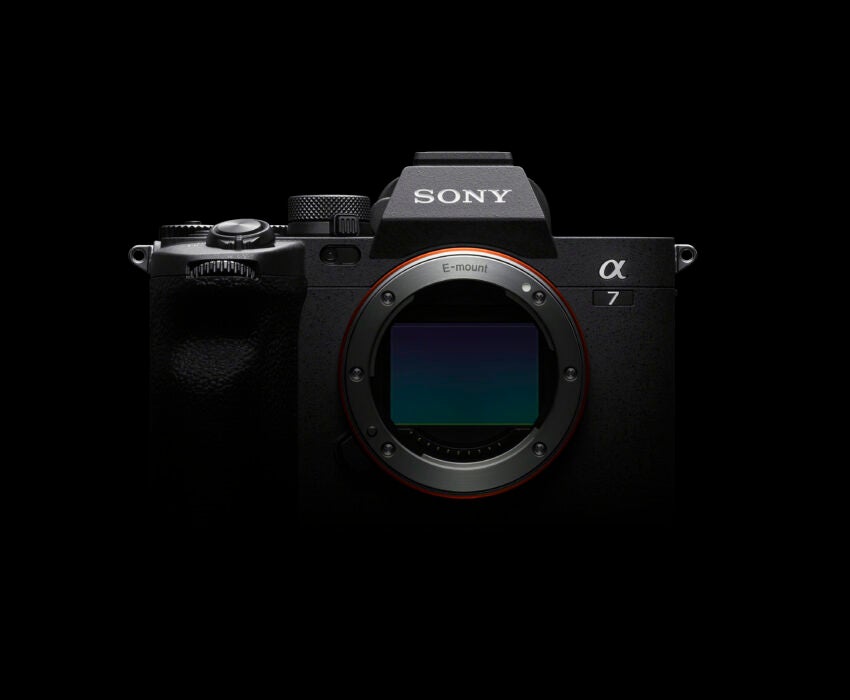
Design
The A7 III is a lightweight camera with a high-rigidity magnesium-alloy top cover, front cover and internal frame. It also has sealed buttons and dials for better durability along with dust and moisture-proofing.
The camera also saw the introduction of a focus-point joystick, an exposure lock button and a third custom button among other adjustments. There are also dual SD card slots for storage.
The A7 IV is visually similar to the A7 III with the same dark, angular design and interchangeable lens mount.
This time around, Sony has given the A7 a new dual dial to make it easier to toggle between the Still, Movie and S&Q modes separate to the Auto, P, A, S, M and MR dial, while the ‘C1’ custom button has moved from the top of the camera to above to display.
The grip is also larger this time around, which was something we already saw increase in size with the A7 III.
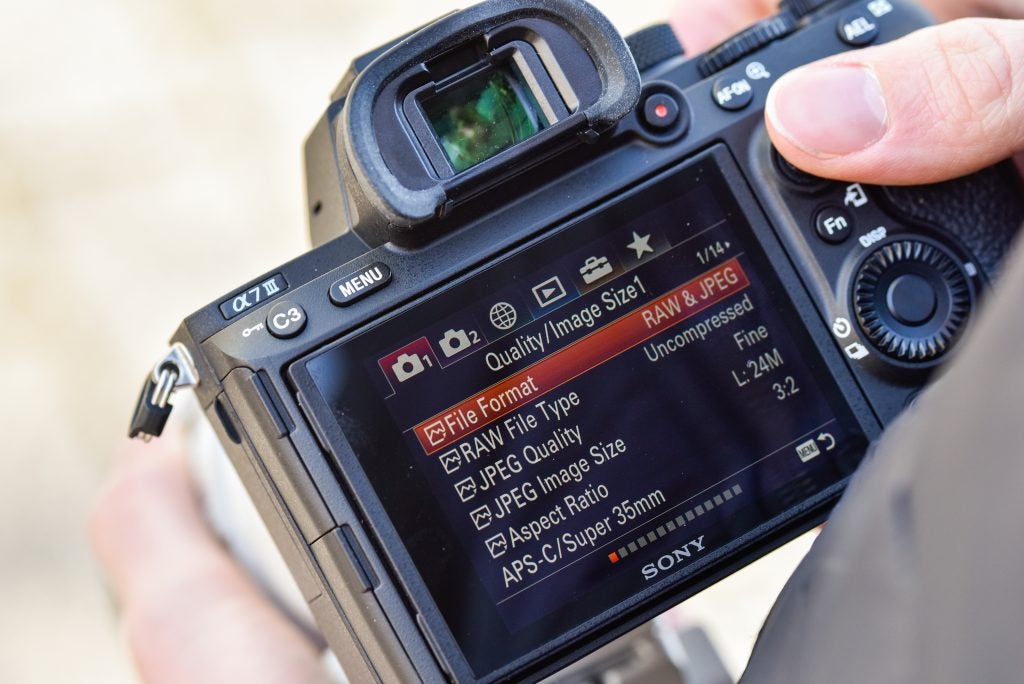
Display
The A7 III featured a 922K-dot LCD tilting display with touch support for focusing.
This has seen a significant upgrade with the A7 IV, which features a 3.68-million dot OLED screen 1.6x the resolution of the display on the A7 IV.
The A7 IV screen also includes touch support for focussing along with a handful of new features, including Focus Map which uses the display to overlay a coloured map on your shot, making it easier to visualise depth of field and where your focus lies as you shoot.

Performance and features
The A7 III features a 24.2-megapixel 35mm full-frame back-illuminated Exmor R CMOS with a wide ISO sensitivity range of up to ISO 204800.
Meanwhile, the A7 IV packs a larger 33-megapixel 35mm full-frame back-illuminated Exmor R CMOS sensor with the same wide ISO sensitivity range of 50 to 204800.
The A7 III is powered by the BIONZ X processing engine making it faster and more efficient than its predecessors, while the A7 IV takes advantage of the same BIONZ XR processing engine found inside Sony’s flagship A1.
Both the A7 III and the A7 IV are packed with useful features.
The A7 III features a 15-stop dynamic range at base ISO, 5-axis in-body image stabilisation and autofocus with 693 phase-detection points and 425 contrast-detection points covering 93% of the frame.
The camera is capable of capturing 4K video with 6K full pixel readout for super high-quality footage and supports Hybrid Log Gamma for 4K HDR output, as well as S-Log2 and S-Log3 gamma modes to retain as much dynamic range as possible for post-production.
When it comes to the A7 IV, the BIONZ XR processor offers high-speed autofocus and continuous shooting at 10fps with AF/AE tracking.
The A7 IV now supports Real-Time Tracking with 759 phase-detection AF points that cover 94% of the image area, as well as Real-Time Eye AF for bird and animal eyes in both images and videos, as well as human eyes which have now been improved by 30%.
AF assist is there to help with focus transitions, while the new Breathing Compensation feature makes sure your angle of view doesn’t shift as you move between focus points at the front and back of the frame.
For video, the A7 IV is capable of shooting 4K at 60p in Super 35mm mode and 4K 30p with 7K oversampling in full-frame mode. The camera also supports the S-Cinetone features from Sony’s Cinema Line cameras, as well as Creative Look settings for both stills and videos.
As far as remote communication goes, the A7 IV supports Bluetooth transfers through the Imaging Edge Mobile app and there are new live streaming features available, including UVC and UAC.
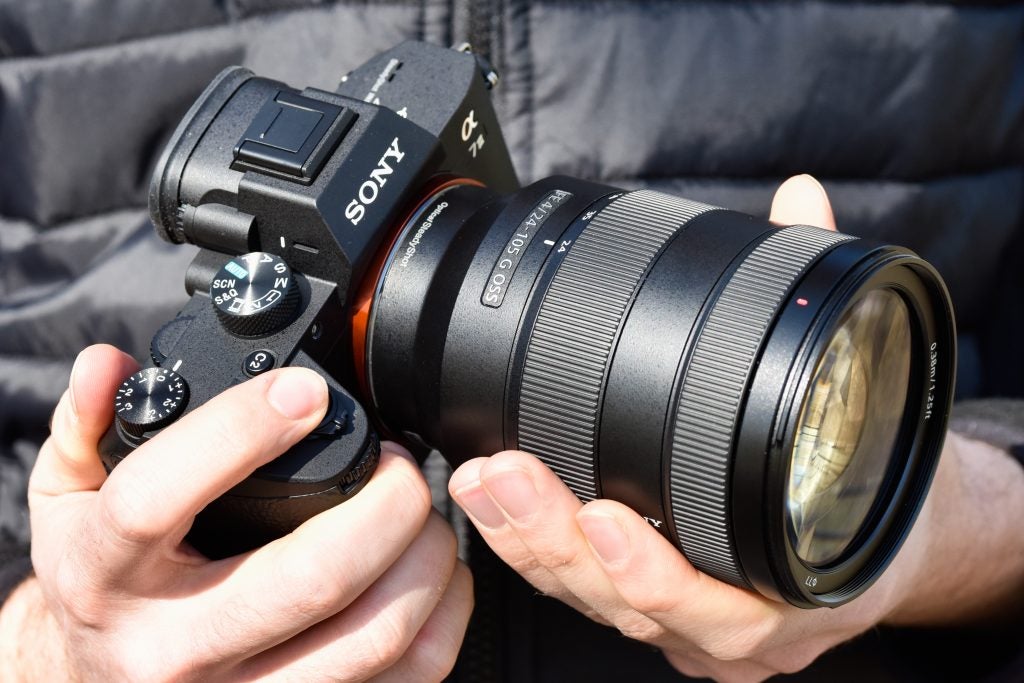
Battery life
The earlier A7 models had notoriously poor battery lives. Thankfully, this was notably improved with the A7 III.
The camera was upgraded to the NP-FZ100 battery which offered up to 610 shots/115 minutes of video using the EVF or 710/125 minutes using the screen. There’s also the option to attach Sony’s VG-C3EM battery grip to extend the battery even further.
Sony hasn’t revealed the specs for the A7 IV’s battery life just yet, but the camera packs the same NP-FZ100 battery as its predecessor so we’d expect similar performance from the A7 IV.
Early verdict
The A7 IV features a similar design and specs to the A7 III, along with a number of improvements, including a larger 33-megapixel image sensor, a new flagship processor and some exciting new features.
That said, the A7 III still remains a fantastic camera with a spot on our best cameras list, making it a solid option for those who’d rather save the extra £400 on the newer model.





